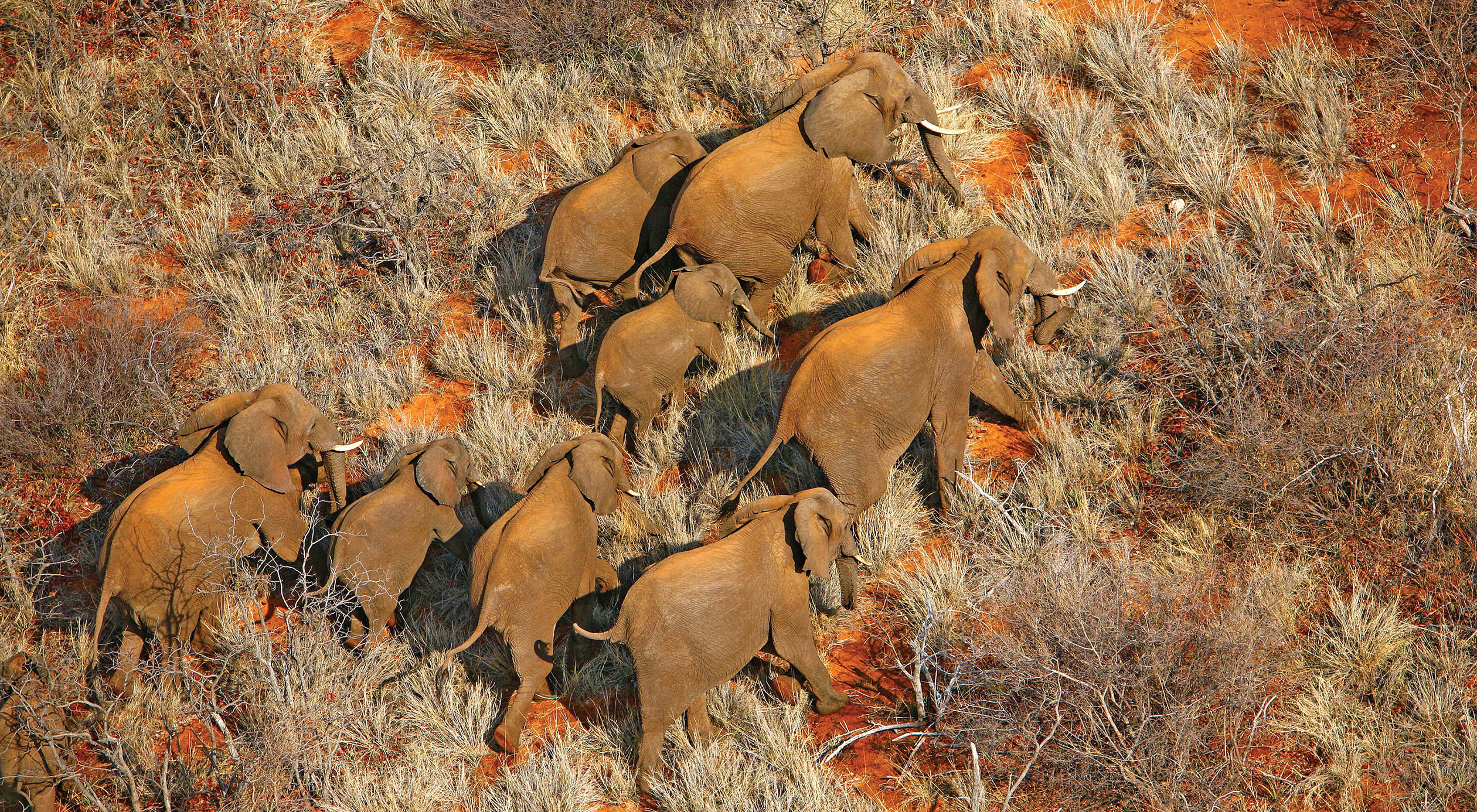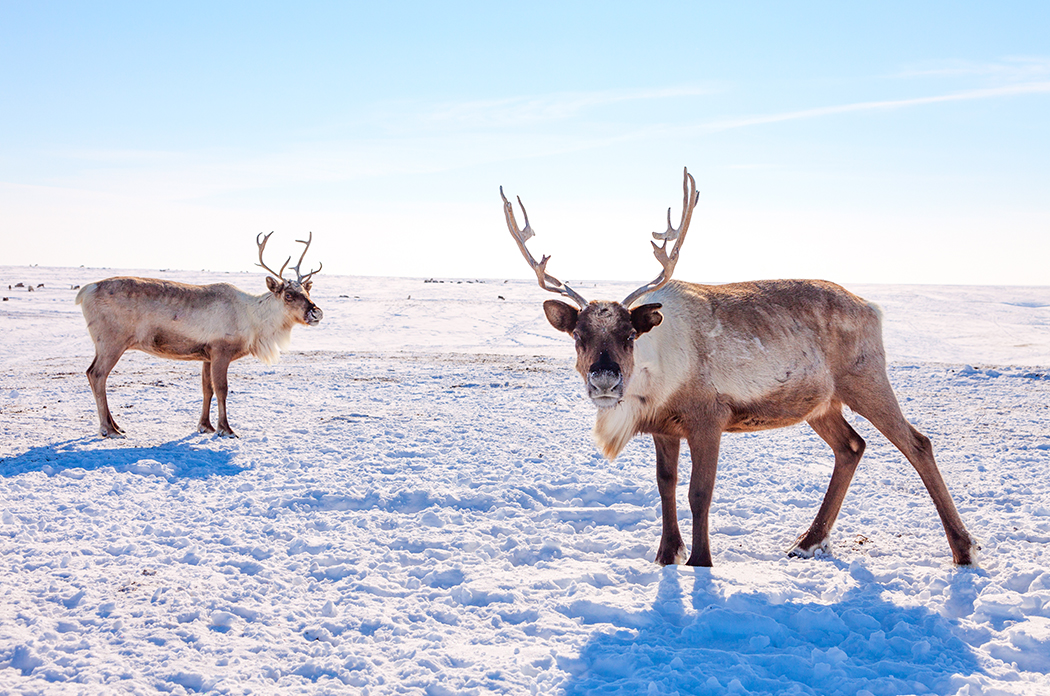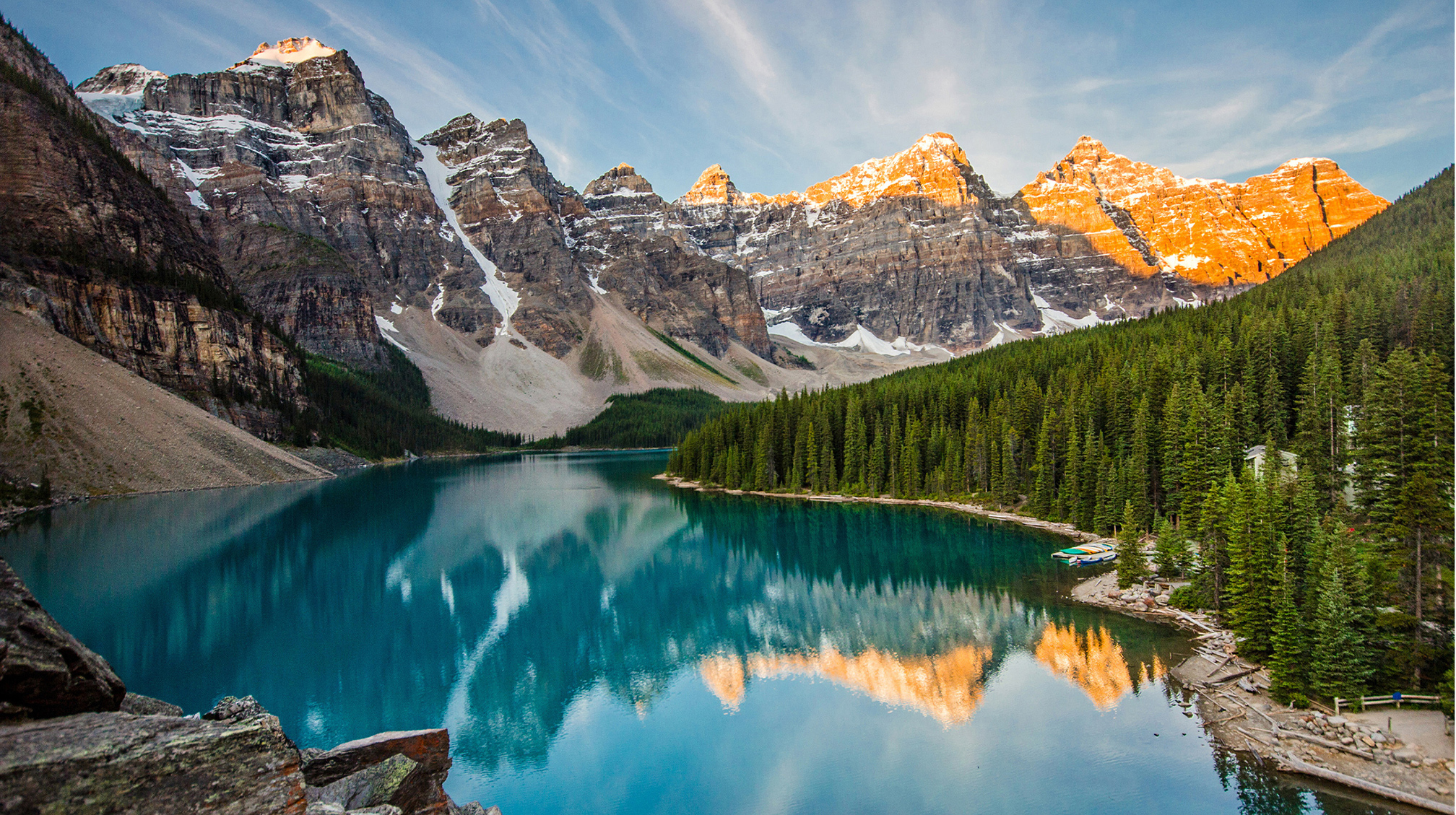Beyond the 4Cs: Preserving Our Wilderness and Wildlife
Natural diamond producers are committed to conservation, protecting three times more land than their operations use.

In addition to the work they are doing to reduce their carbon footprint and conserve water, today’s leading natural diamond producers are also committed to protecting the wilderness and wildlife in areas which they mine. Through partnerships with local governments, communities, and conservation organizations on a series of initiatives – from nature reserves to water monitoring programs – to helping protect vulnerable wildlife, including thousands of caribou, grizzly bears, elephants and more.
Leading diamond producers use a combined area of 325 square miles globally, which is roughly the size of New York City. Although the land will be reclaimed upon the closure of the mines, the natural diamond industry recognizes the need to reduce their impact and work to protect important ecosystems. The natural diamond industry protects three times the amount of land that they use. That means more than 1,000 square miles of natural land in Australia, Botswana, Canada, South Africa and Tanzania is protected by the natural diamond industry, which is equivalent in size to Yosemite National Park.


Another great example of successful land protection is The Diamond Route, a network of eight conservation sites established by De Beers Group which spans 500,000 acres in South Africa and Botswana. The Diamond Route creates unique learning opportunities for students, scientists and academics. Through the Moving Giants project, De Beers Group has partnered with Peace Parks Foundation with the aim of moving 200 elephants from one of these reserves – where the elephants have thrived so successfully that there is now overpopulation – to Mozambique, to help rebuild the country’s depleted elephant population. Petra Diamonds is also committed to the preservation of endangered species and collaborates with local NGOs. Over half of the land owned and managed by Petra Diamonds is dedicated to nature reserves committed to protecting biodiversity, totaling 67,000 hectares in South Africa and 906 hectares in Tanzania.
Leading natural diamond producers work with local governments and neighboring communities where they mine on closure plans to ensure that land is reclaimed when mining operations cease. This process is put in motion before mining even begins, and takes several years to execute following the close of mining operations. Partnerships like these prove a long-term commitment, which is fundamental for the activities carried out by natural diamond producers.

Lucara Diamond and RZM Murowa’s commitments to biodiversity conservation include controlling land and vegetation clearing, and ensuring that indigenous trees are preserved. Canadian Indigenous People have been fishing the waters of the Northwest Territories for millennia. The tundra’s lakes and rivers are precious resources and are essential to supporting wildlife and the communities who rely on its resources. To preserve these pristine waterways, the Diavik mine brings the local communities into its water monitoring program with an ‘on the land’ fish and water monitoring camp. Here fish are caught, cleaned, inspected, cooked, and tasted at a seasonal camp near the mine site, bringing together elders and youth from local Indigenous communities.
These collaborative efforts prove the ambitions of natural diamond mining to come full circle. Natural diamonds come from the earth, and in the process of mining these rare gems, leading producers are working to protect the ecosystem from which they came. As these initiatives, innovations, collaborations and partnerships continue, the potential to improve wildlife and wilderness preservation efforts will only grow with it.
